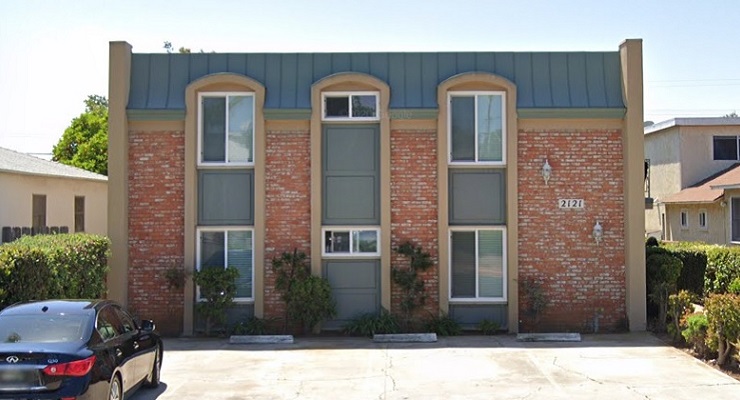
Home sales numbers are either holding steady or dropping as both homebuyers and sellers anticipate the Fed’s next move in the upcoming FOMC meeting.
According to California September numbers, 524 sales have closed per day, which is down 0.3% from the previous year; there were 450 pending sales per day, which is a 2.3% rise, and there have been 562 listings per day, which is down 2.2%
The economy still looks stronger than what was anticipated six months ago, however, according to a recent report from the California Association of Realtors (CAR), as interest rates remain elevated for a little longer. But consumers could lose patience, or step away from the market, however, as costs of borrowing continue to rise, and their financial conditions begin to tighten up.
As such, said the report, the economy will likely show more signs of slowing later this year and the Central Bank will have no choice but to cut rates starting in the first quarter of 2024.
In fact, DoubleLine CEO Jeff Gundlach told CNBC Tuesday that he expects the US Federal Reserve Board to cut benchmark rates in the first half of 2024, after a year and a half of aggressive rate hikes, as they battled inflation.
Said Gundlach, “The Fed wants the economy to slow quickly and rates to go down,” adding, “The US economy has enough weakness for the Federal Reserve to consider being done with the rate hikes.”
The CAR report said that mortgage rates will decline starting in the fourth quarter of this year and will gradually improve next year.
At the same time, Fannie Mae is reporting that housing sentiment is stalled by unusual market dynamics in August as rates remained elevated.
The number of optimistic buyers remained at only 18%, which is the lowest level the market has seen in at least the last three years, said CAR.
With rates rising throughout most of last month, consumers continued to feel pessimistic about home buying conditions and they did not expect things to turn around soon. Only less than two out of ten (18%) expected mortgage rates to decline in the next 12 months, said the report.
Sellers were more upbeat, as 66% reported that it is a good time to sell. According to the CAR report, consumers have become more positive about home selling since earlier this year as home prices continued to stabilize and housing supply remained tight.
CoreLogic’s latest Homeowner Equity Insights also reported that home equity dropped on a year-over-year basis in the second quarter of 2023, but improved on a quarterly basis from the first quarter of 2023.
On average, U.S. homeowners with mortgages lost $8,300 in equity last quarter compared to a year ago but gained an average of $13,900 from the first quarter of 2023 when home prices in general bottomed out. Roughly 2% of all mortgaged properties, or 1.1 million homes, were underwater or had negative equity last quarter, said the CAR report.
While the number increased 4% from a year ago, the share of residential properties with negative equity was still significantly below the peak of 26% in the Fourth Quarter of 2009. California was one of the 16 states that posted an annual equity loss in the second quarter of 2023, with the average homeowner losing $48,000 in that quarter.
The state, however, had the lowest share of homes with negative equity at 0.8%, according to reporting by CoreLogic.
Overall, the CAR report pointed out that “the resilience of the U.S. economy continues to surprise economists to the upside and the chance of falling into a recession has been lowered again.”
In fact, Goldman Sachs’ latest forecast outlook said that the probability of the U.S. entering a recession in the next 12 months has been reduced to 15% from an earlier 20%.
The investment bank expected the Fed to pause rate hike in September and believed that a “very gradual” cut of 25 bps per quarter will begin in the second quarter of 2024. Goldman Sachs also predicted that the slowdown in economic activity resulting from monetary policy tightening will slowly diminish and eventually become a non-factor by early 2024.
Real disposable income will pick back up next year as solid job growth continues, according to Goldman Sachs.







